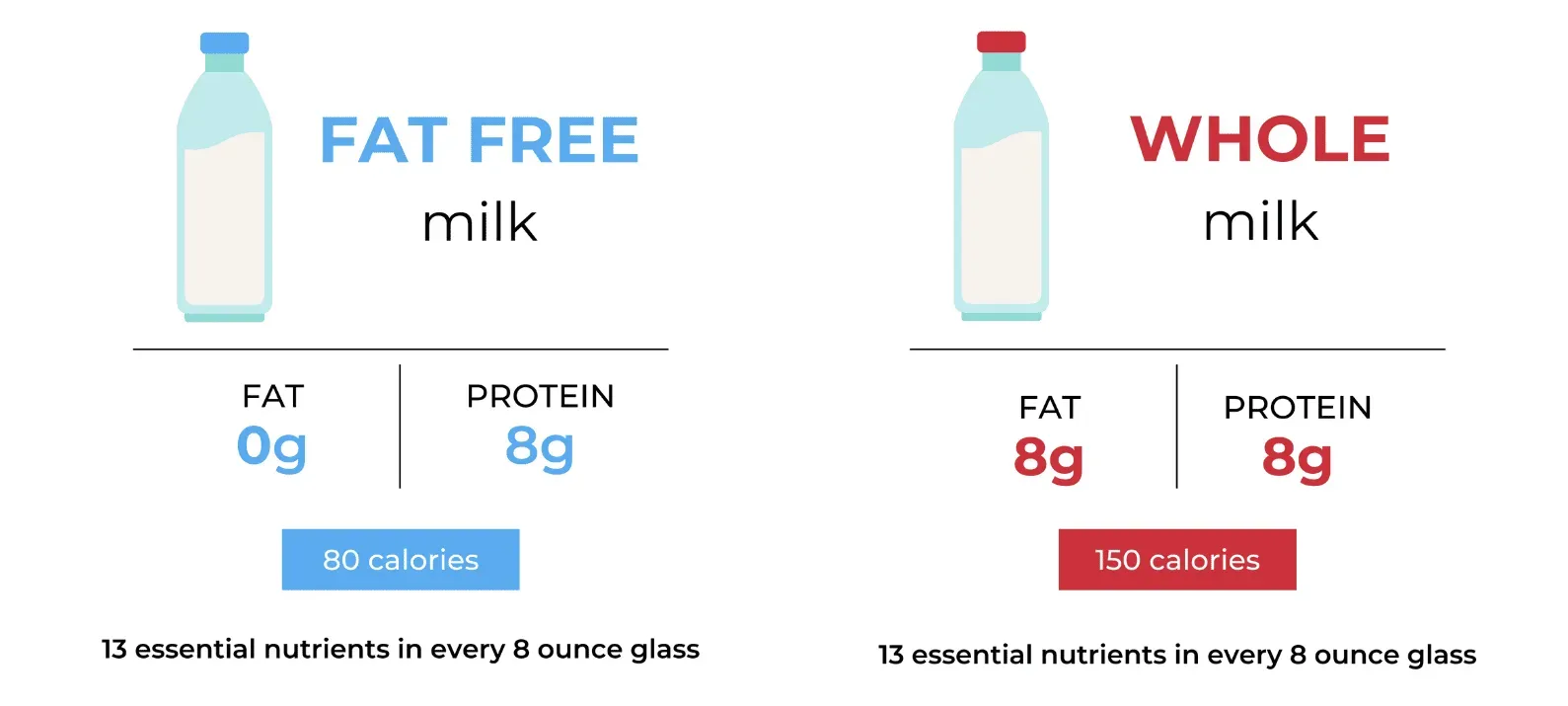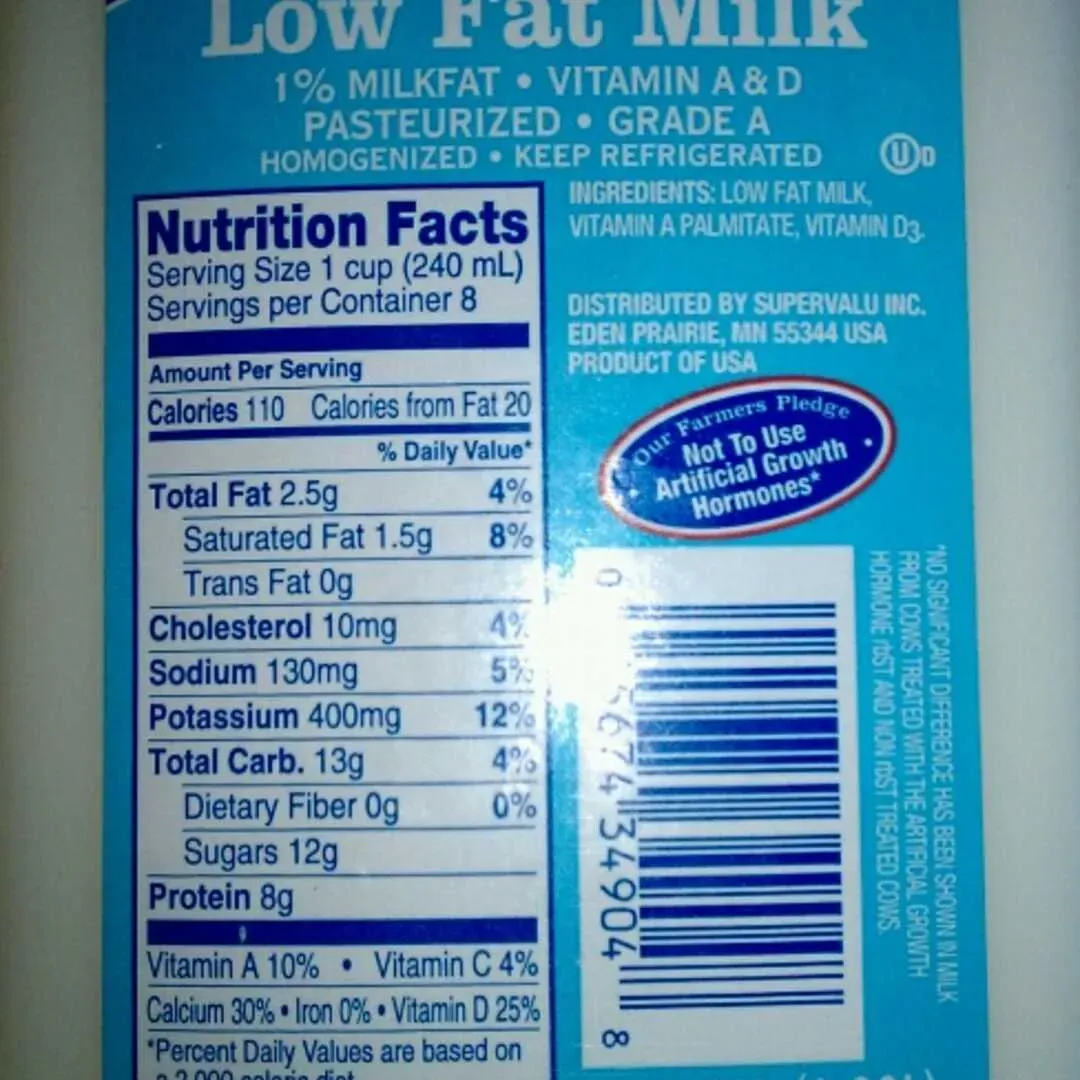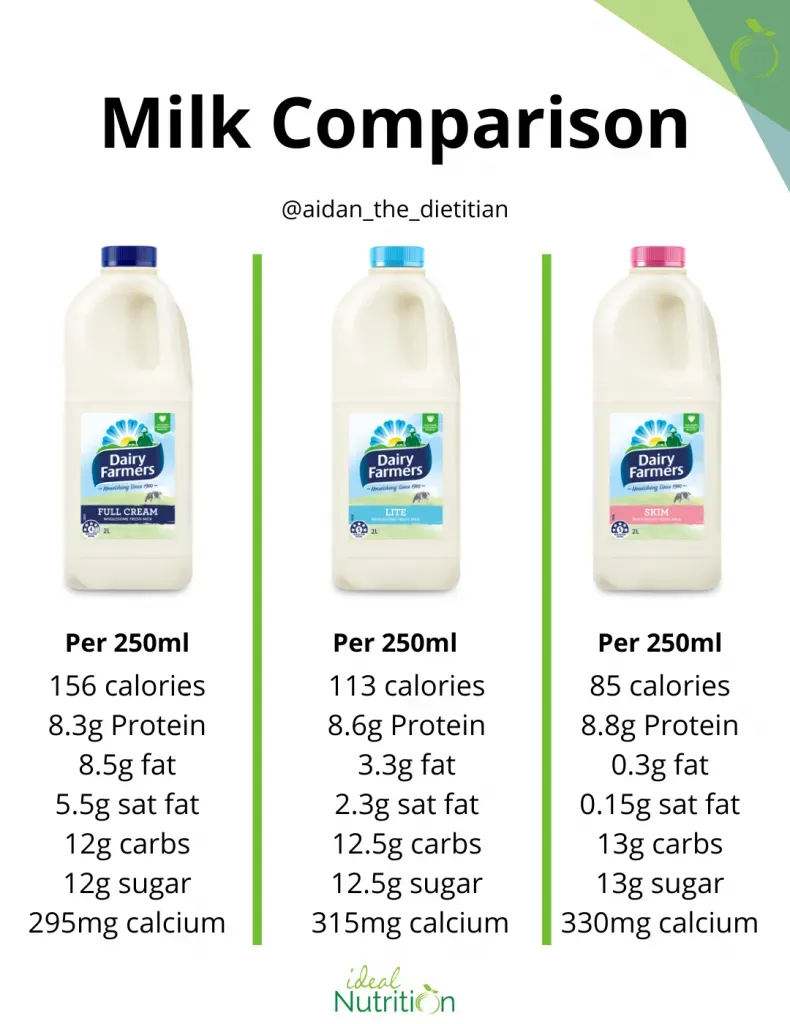Table of Contents
Walk down the dairy aisle and you’re hit with options. Whole, 2%, 1%, skim – it's enough to make your head spin if you're just trying to figure out what's actually *in* the carton. Many people reach for low fat milk, thinking it’s the automatic healthy choice, but do you really know what "low fat" means in terms of actual fat content? We’re talking about the nitty-gritty: the low fat milk grams of fat you’re consuming with each glass.
What Exactly is Low Fat Milk?
What Exactly is Low Fat Milk?
Decoding the Label: 1% Milk Fat
so you see "low fat milk" on the carton, maybe "1%" right there with it. What does that number actually mean? It's pretty straightforward, though sometimes folks overthink it. The percentage, like 1%, refers to the amount of milk fat by weight in the finished product. This isn't about volume, but weight. So, 1% low fat milk means that for every 100 pounds of milk, there is 1 pound of milk fat. This is significantly less than whole milk, which typically clocks in around 3.25% fat by weight. It’s the standard way the dairy industry categorizes milk based on its fat level after processing.
Why Choose Low Fat? The Basic Idea
People often opt for low fat milk primarily to reduce their dietary intake of saturated fat and overall calories compared to whole milk. The thinking is simple: less fat equals fewer calories and a potentially healthier choice, especially for those monitoring fat intake for heart health or weight management. It’s a common dietary swap recommended for cutting down on fat without completely losing the nutritional benefits milk offers, like calcium and protein. It aims to be a middle ground, offering a creamier texture than skim milk but with a fraction of the fat found in whole milk.
Think about the typical milk lineup you see:
- Whole Milk: Around 3.25% fat
- Reduced Fat Milk (2%): 2% fat
- Low Fat Milk (1%): 1% fat
- Fat-Free Milk (Skim): Less than 0.5% fat
Breaking Down Low Fat Milk Grams of Fat
Breaking Down Low Fat Milk Grams of Fat
Checking the Nutrition Label
So you've grabbed the carton of 1% milk. The big question is: how many actual low fat milk grams of fat are in that standard serving you're about to pour? The most reliable place to look isn't the marketing on the front, but the nutrition facts panel on the side or back. This is where the rubber meets the road. You'll find a line item specifically for "Total Fat," usually measured in grams (g). Right below that, you'll typically see "Saturated Fat," also in grams, as this is a key type of fat many people track. It’s a legal requirement to list this stuff, so it’s your best source for the unvarnished truth about the fat content.
Typical Fat Content Per Serving
For a standard 8-ounce (or 1 cup) serving of 1% low fat milk, you're generally looking at around 2.5 grams of total fat. Of that, about 1.5 grams is saturated fat. Compare that to whole milk, which packs about 8 grams of total fat and 5 grams of saturated fat per cup. See the difference? It’s significant if you’re trying to limit those specific nutrients. Skim milk, on the flip side, aims for less than 0.5 grams of total fat, essentially negligible. Low fat milk sits squarely in the middle, offering a notable reduction from whole milk while still providing a tiny bit more fat than skim.
Here's a quick look at typical fat grams per 8 oz serving:
- Whole Milk: ~8g Total Fat / ~5g Saturated Fat
- Reduced Fat (2%) Milk: ~5g Total Fat / ~3g Saturated Fat
- Low Fat (1%) Milk: ~2.5g Total Fat / ~1.5g Saturated Fat
- Fat-Free (Skim) Milk: <0.5g Total Fat / <0.3g Saturated Fat
What Those Grams Mean
Understanding the low fat milk grams of fat in your glass helps put it into context with your daily diet. For someone following a standard 2,000-calorie diet, the daily recommended limit for saturated fat is often around 20 grams. That 1.5 grams of saturated fat in a cup of low fat milk is a small piece of that pie, certainly much smaller than the 5 grams in whole milk. Total fat recommendations vary more based on diet type, but 2.5 grams per serving is generally quite low. It means you can enjoy milk's protein and calcium benefits without adding a large amount of fat to your daily tally. It’s a compromise, yes, but one that works for many dietary approaches.
Comparing Low Fat Milk Grams of Fat to Other Types
Comparing Low Fat Milk Grams of Fat to Other Types
How 1% Stacks Up Against the Rest
Alright, so we've pinned down the low fat milk grams of fat – roughly 2.5g per cup, with about 1.5g being saturated. Now, let's put that into perspective by looking at its siblings in the dairy case. Whole milk is the heavyweight, coming in at about 8g total fat and 5g saturated fat per cup. That's more than three times the total fat of 1%. Move to reduced-fat (2%) milk, and you're looking at around 5g total fat and 3g saturated fat. Still significantly more than 1%, but less than whole. Then there's skim milk, the featherweight, with less than 0.5g total fat and practically zero saturated fat. When you compare the low fat milk grams of fat directly to these, you see it occupies that middle ground, cutting a substantial amount of fat from whole milk while still having a bit more body and richness than skim.
Making the Choice: Is Low Fat Milk Right for You?
Making the Choice: Is Low Fat Milk Right for You?
Considering Your Goals and Diet
So, you've seen the numbers: 2.5 low fat milk grams of fat per cup is a solid drop from whole milk's 8 grams. For a lot of people, especially those focused on reducing saturated fat intake as part of a heart-healthy diet recommended by folks like the American Heart Association, that reduction matters. If your doctor has told you to watch your saturated fat, swapping whole milk for 1% is a pretty painless way to shave off a few grams daily without giving up milk entirely. It's also a common tactic for calorie control, as fat is more calorie-dense than protein or carbs. If you're tracking macros or just trying to create a slight calorie deficit, those saved calories from lower fat milk can add up over time.
Who might find low fat milk a good fit?
- Individuals managing cholesterol levels.
- People aiming for modest calorie reduction.
- Families transitioning from whole milk for general health purposes.
- Anyone who finds skim milk too watery but wants less fat than 2% or whole.
Looking Beyond the Grams of Fat
While the low fat milk grams of fat are a key factor, they aren't the *only* thing to consider. Taste and texture are biggies for most people. Some find 1% milk hits a sweet spot – it has more body and mouthfeel than skim, which can feel like slightly colored water to some, but lacks the sometimes heavy richness of whole milk. Your personal preference plays a huge role in whether you'll actually stick with drinking it. Don't force yourself to drink something you dislike just because it has fewer grams of fat; sustainability in diet choices is crucial. Also, think about what else you're eating and drinking. Is milk your main source of fat? Probably not. Consider the overall fat profile of your entire diet, not just this one component. Milk provides protein, calcium, vitamin D (often added), and other nutrients, regardless of its fat percentage. The best milk for you is the one you'll actually drink consistently as part of an otherwise balanced diet.
The Final Pour: Making Your Milk Choice
So, you've seen the numbers. Low fat milk, typically 1% milk fat, contains around 2.4 grams of total fat per cup. It's significantly less than whole milk but certainly not fat-free. Knowing the actual low fat milk grams of fat allows you to move beyond the marketing terms and evaluate if it fits your dietary needs and preferences. Whether you're counting macros, managing cholesterol, or just curious, the fact remains: understanding the specific fat content is more useful than relying on a broad label. Choose the milk that works best for your health goals, armed with the concrete data.
